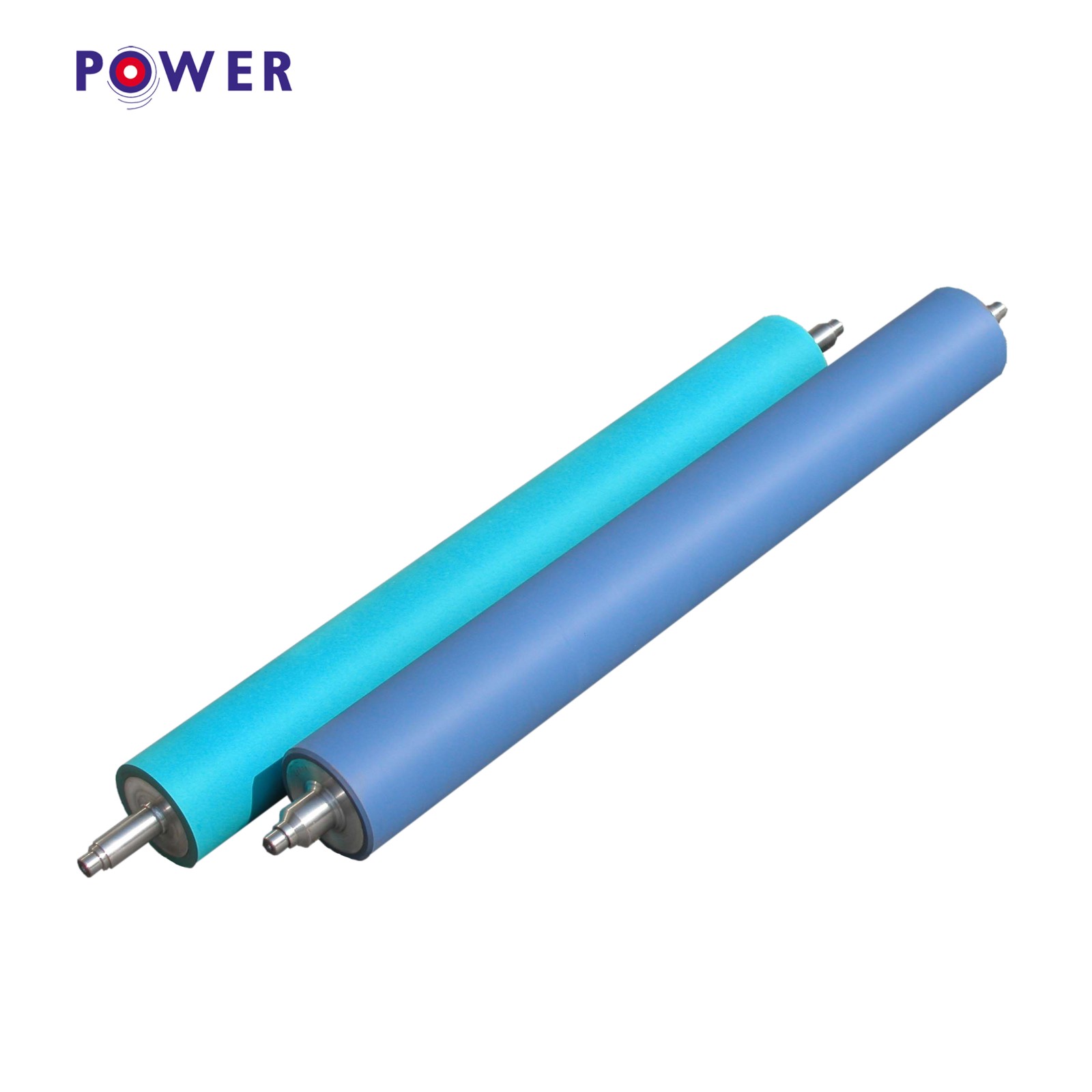Rubber Roller Production Process

Rubber rollers are widely used in various industries for tasks such as material handling, printing, and laminating. The production process of rubber rollers involves several key steps to ensure high-quality and reliable products. In this article, we will discuss the typical production process of rubber rollers.
Raw Material Preparation: The first step in the production of rubber rollers is the preparation of raw materials. The main raw material used in rubber roller production is rubber compound, which is a mixture of natural or synthetic rubber and various additives such as curing agents, fillers, and plasticizers. The rubber compound is mixed in a blending machine to achieve the desired properties such as hardness, elasticity, and durability.
Roller Core Preparation: Once the rubber compound is ready, the next step is to prepare the roller core. The roller core is usually made of metal or hard plastic and serves as the inner structure of the rubber roller. The roller core is machined to the required dimensions and surface finish to ensure proper adhesion with the rubber compound.
Rubber Coating: The rubber compound is then applied to the roller core through a process known as rubber coating. The roller core is coated with the rubber compound using a specialized machine such as a rubber extruder or roller coater. The thickness of the rubber coating is carefully controlled to achieve the desired roller diameter and surface finish.
Curing and Vulcanization: After the rubber coating is applied to the roller core, the next step is curing and vulcanization. Curing is the process of cross-linking the rubber molecules to improve the strength and elasticity of the rubber roller. The rubber-coated roller core is then placed in a vulcanization oven at a specific temperature and pressure for a predetermined period to complete the curing process.
Grinding and Finishing: Once the rubber roller is cured and vulcanized, it undergoes grinding and finishing processes to achieve the final dimensions and surface finish. The roller is carefully ground to the required diameter tolerance and concentricity using precision grinding machines. The surface finish of the roller is also polished to ensure smooth operation and good print quality.
Quality Control and Testing: Throughout the production process, quality control and testing are essential to ensure the performance and reliability of the rubber rollers. Various tests such as hardness measurement, tensile strength testing, and dynamic balancing are conducted to verify the quality of the rollers. Any defective rollers are rejected or reworked to meet the specifications.
Packaging and Shipping: Once the rubber rollers pass all quality inspections, they are packaged and prepared for shipping to customers. The rollers are carefully packaged to prevent damage during transportation and storage. Proper labeling and documentation are also provided to ensure accurate identification and traceability of the products.
In conclusion, the production of rubber rollers involves a series of well-defined steps from raw material preparation to packaging and shipping. By following a systematic production process and maintaining strict quality control, manufacturers can produce high-quality rubber rollers that meet the requirements of various industrial applications.

